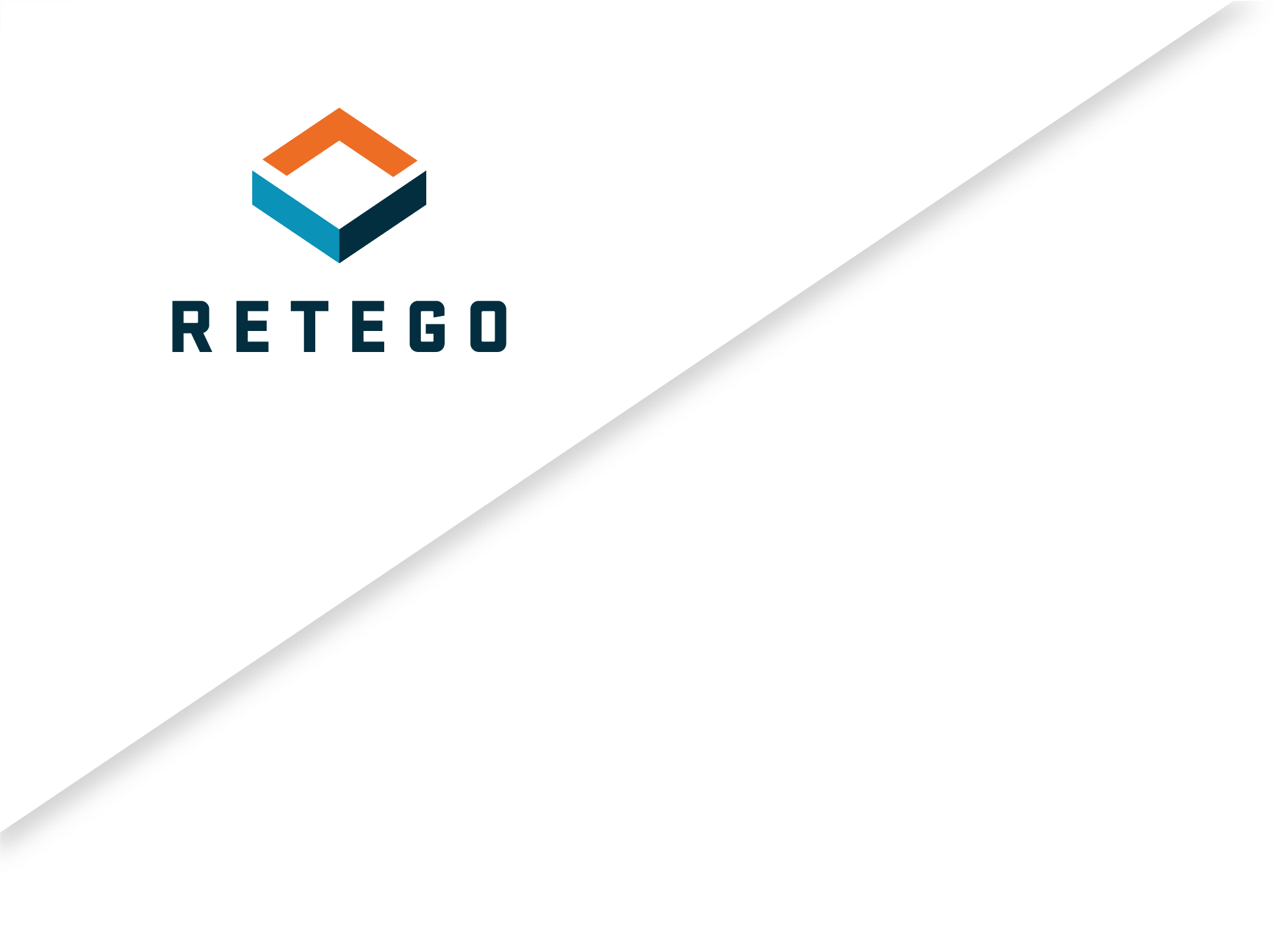Top 4 Myths About Residential Water
Something is building up in your water pipes. And it isn’t good.
But how can that be? You’ve installed a water softener, so why are there still white deposits and mineral buildup on your shower heads and faucets?
After spending over 40 years immersed in the water testing industry, we know there is more going on with your home’s water system than you may think. Ignoring it can impact your health and the longevity of your home. But what is hard water? Is the solution really as simple as buying a water softener? Let’s break down the definition of hard water and douse the four most popular myths surrounding hard water.
What is hard water?
Experts say 85% of American homes have hard water, meaning their water supply contains higher levels of calcium and magnesium than other regions. This measures around 10 to 15 grains per gallon(GPG). Homeowners often start seeing the effects of hard water damage with levels as low as 7 GPG. But in Utah, we regularly see over 25 GPG, if not higher.
When you start seeing the telltale signs of hard water deposits, these higher GPG levels and total dissolved solids (TDS)levels contribute to those visible signs of damage. TDS measures inorganic solids like calcium and sodium by measuring ions dissolved in the water.
Is a new water softener the answer? Not always. With high TDS levels, for example, water softeners don’t remove any of those solids. Instead, they exchange calcium and magnesium ions for sodium.What we want is balanced water, not just soft water, nor an arbitrary TDS measurement.
To make better decisions about your residential water system, let’s dispel some popular myths.
Myth 1: There’s no differentiation in corrosion.
Fact: Water is corrosive.
But there are varying levels of corrosivity. Your water can be mildly corrosive or intolerably corrosive; A common sign is bitter or metallic-tasting water or blue-green staining in your sink, for example. But unbalanced water can cause aggressive corrosion and eat away pipes, fittings, and water fixtures quickly. Our lab recently consulted on a million-dollar insurance claim in a home where an aggressively corroded five-dollar pipe fitting caused massive damage.
Myth 2: Changing shampoos will solve the sulfate problem.
You may be using sulfate-free shampoos and soaps right now. But did you know that a typical shower covers your body with180 mg/L of sulfate? That is the typical rate for Summit County. The truth is, sulfate in our water distribution system ensures the safe delivery of water to your home. You just don’t need (or want) it once it’s there.
Myth 3: There are only two types of water: hard and soft
False. Homeowners typically use four types of water, and each type needs to be balanced based on its application. The first is your drinking water. The second type is the water you use for everyday household tasks like washing dishes or flushing the toilet. The third type is hot water used for showers and personal hygiene. And the fourth type is the water used for plants, gardens, and lawns.
Through water testing, we measure the proper balance to meet your specific water needs. And for those of you who habitually drink from the garden hose, you’ve been warned.
Myth 4: Bottled Water Beats Tap
Looking for ways to save around $1000 every year? Start drinking tap water instead of bottled water. Experts estimate thatAmericans spend approximately $16 billion on bottled water every year. But is it really better for you?
Our lab tested dozens of bottled waters and didn’t find significant benefits that outperform the health benefits of drinking tap water. According to the Centers for Disease Control and Prevention (CDC), the United States has one of the world’s safest drinking water supplies.With regular testing, you can enjoy the health benefits of water and save money, too.
RETEGO Labs is the first company to perform high-quality, accurate lab tests right in your home. We understand that every home is different. With the data we collect, we can quickly determine how to perfectly balance your water to safely satisfy all of your needs while saving you thousands of dollars.
Let us show you how our new technologies are revolutionizing a $30-billion industry, and it all started right here in Utah!







